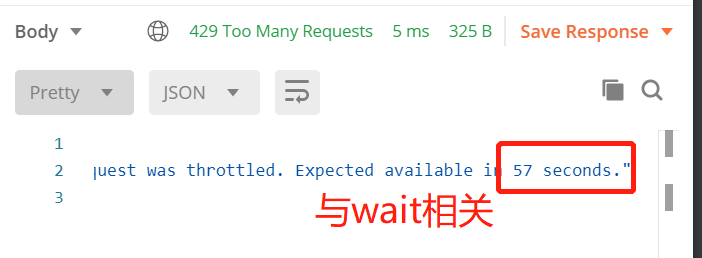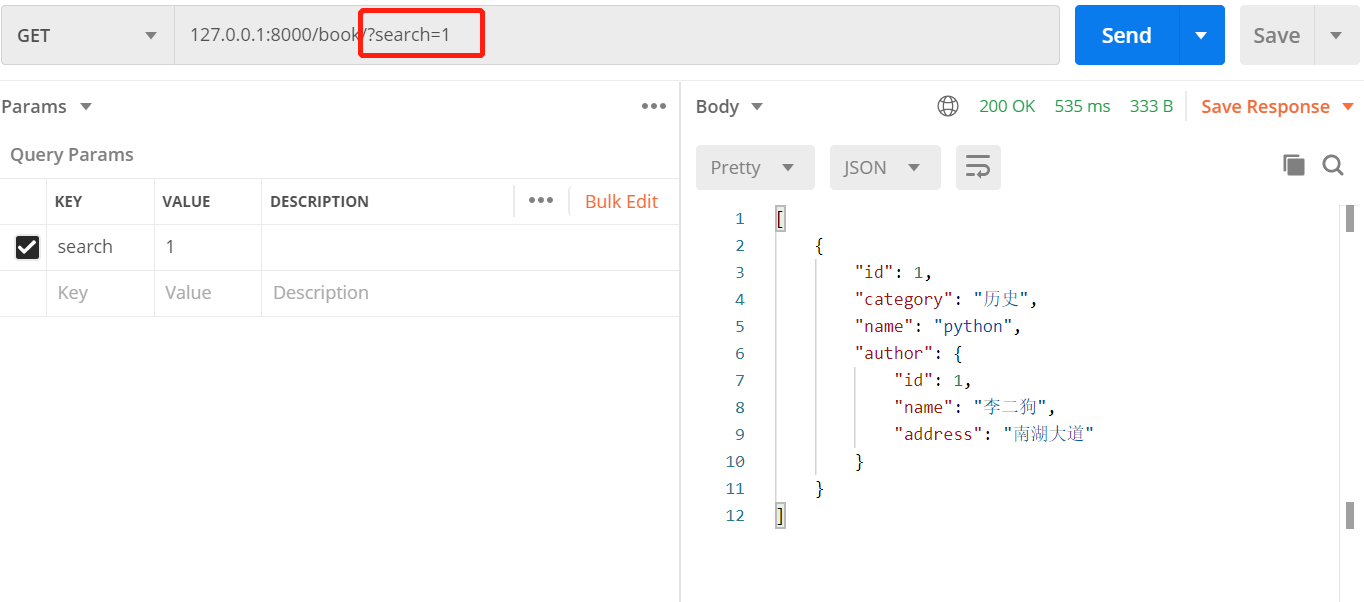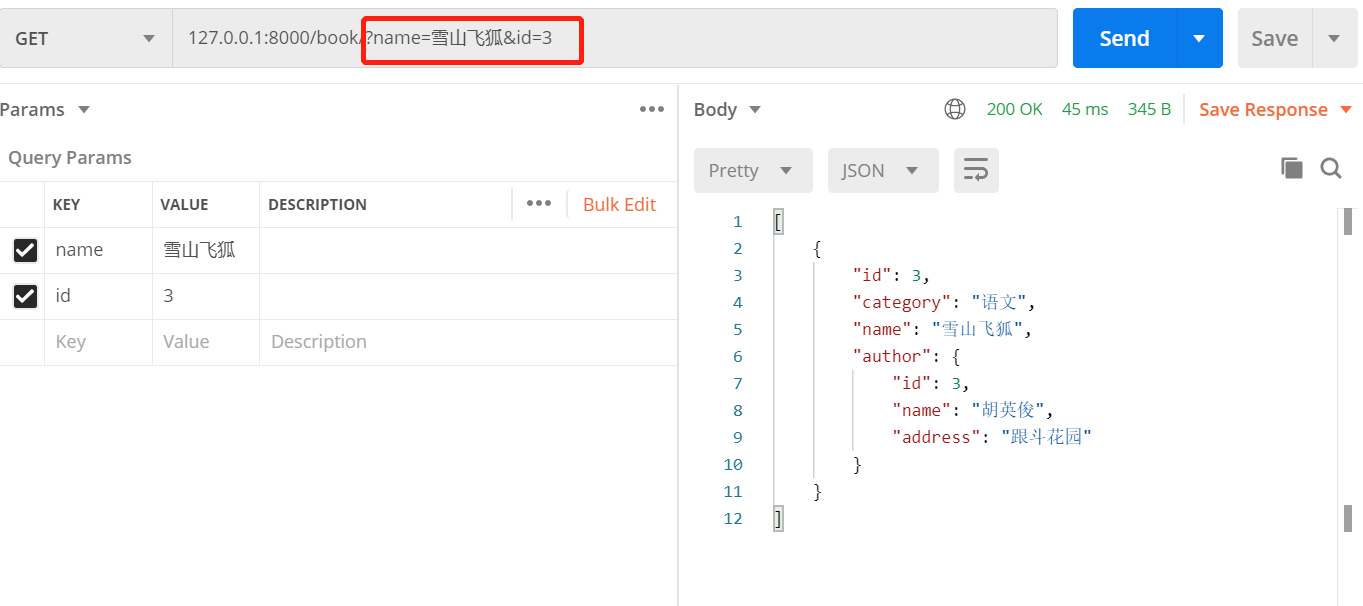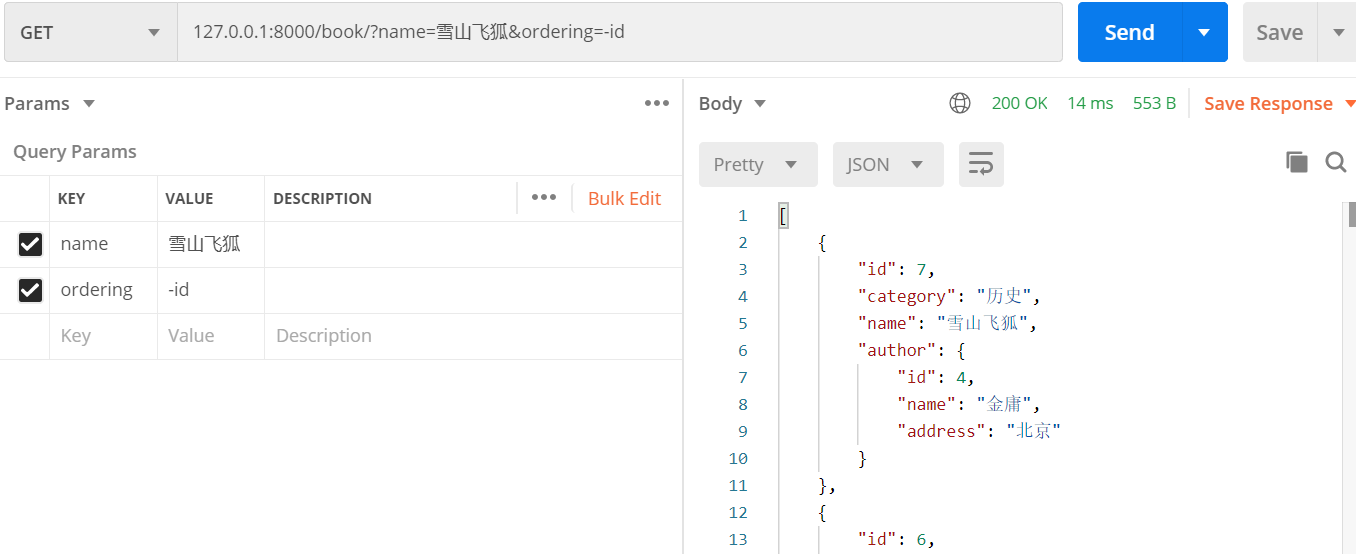Day 26 frequency type usage
Configuration information search order
- Partial configuration (priority) Partial configuration takes priority to partial configuration
- Global configuration (second priority) Global configuration without default configuration
- Default configuration (last) If there is no global configuration, go to the default configuration
One, the use of the choice field in the table
Choice receives a tuple (guaranteed that the value is immutable), and similarly, each option is also composed of a tuple **(value, display_name)**. Obviously, display_name is to be displayed on the page.
class Book(models.Model):
name = models.CharField(max_length=32)
author = models.ForeignKey(to='Author', on_delete=models.CASCADE)
category = models.CharField(max_length=32, choices=(('1', '历史'), ('2', '政治'), ('3', '语文')))

By default, our category field will only display the first type in the tuple, which is the string 1, 2, 3
{
"id": 1,
"name": "python",
"category": "1",
"author": 1
},
If we want to get the corresponding value "History", "Politics", "Language"Wait... we will use him for usAutomatic generated(You can use it directly after the database is migrated!) get_category_display

Then we can use this method in the serializer
class BookSerializer(serializers.ModelSerializer):
category = serializers.CharField(source='get_category_display')
class Meta:
model = models.Book
fields = "__all__"
depth = 1
{
"id": 1,
"category": "历史",
"name": "python",
"author": {
"id": 1,
"name": "李二狗",
"address": "南湖大道"
}
},
Two, the use of multiple views
Third, the use of frequency
1. Custom frequency
2. Use of built-in rating
2.1.1 Partial use
Add the throttle_class attribute to the view class
throttle_classes = [auth.MyThrottle,]
2.1.2 Global use
Configure REST_FRAMEWORD = {} in settings and add key-value pairs of default rating
REST_FRAMEWORK = {
'DEFAULT_THROTTLE_CLASSES':['app01.MyThrottle.MyThrottle',],
}
2.2 Extend the built-in frequency class
- BaseThrottle : 基 类
- SimpleRateThrottle: Let's customize and expand it
- AnonRateThrottle: Limit the number of visits of anonymous users, distinguish users by IP address
- ScopedRateThrottle: Limit the frequency of access to each view, distinguished by ip address or useid
- UserRateThrottle: Limit the number of visits of logged-in users
The last three are his built-in access frequency restrictions, and the front is for us to expand.
2.3 Extend the built-in frequency class
from rest_framework.throttling import SimpleRateThrottle
class MyThrottle(SimpleRateThrottle):
scope = '外比巴卜'
def get_cache_key(self, request, view):
return self.get_ident(request) # 通过id限制
Then we configure in the setting
REST_FRAMEWORK = {
'DEFAULT_THROTTLE_CLASSES': ['app01.MyThrottle.MyThrottle', ],
'DEFAULT_THROTTLE_RATES': {
'外比巴卜': '5/m'} # key 与我们之前定义scope对应 value 是 次数/天/分/秒
}

2.4 Read the source code

Five, built-in, third-party filtering function (second focus)
1. Filter
Filter the list data according to the field
Use of built-in filters
-
Configure in the view class
class BookView(GenericAPIView, ListModelMixin): queryset = Book.objects serializer_class = BookSerializer filter_backends = [SearchFilter] search_fields = ('name','id') # 模型表中存在的字段 def get(self, request, *args, **kwargs): return self.list(request, *args, **kwargs)Execution process—>SearchFilter class—>get_search_fields—>must_call_distinct
Query method
The inherited method defaults toFuzzy query, Any related content will be queried!
http://127.0.0.1:8000/books/?search=1
Third-party extended filtering function
pip install django-filter
The latest version django-filteris to keep django2.2above with, if not he will default djangoversion installed to the latest
We need to find themselves in return for their django-filterrelease
class BookView(GenericViewSet, ListModelMixin, CreateModelMixin):
queryset = Book.objects
serializer_class = BookSerializer
filter_backends = [DjangoFilterBackend, ]
filter_fields = ('name', 'id') # 这里的字段不一样了 以前是search_fields
def get(self, request, *args, **kwargs):
return self.list(request, *args, **kwargs)
Search is also easy
127.0.0.1:8000/book/?name=雪山飞狐&id=3

This oneNot fuzzy mode, The keyword cannot be found.
Six, sorting function
1. Configure in the view class
filter_backends =[OrderingFilter,] # 可以混合使用
ordering_fields=['id','age'] # 先按照id 再按照年龄排序
Instructions
127.0.0.1:8000/book/?ordering=-id

2. Sort after filtering
from django_filters.rest_framework import DjangoFilterBackend
from rest_framework.filters import OrderingFilter
class BookView(GenericViewSet, ListModelMixin, CreateModelMixin):
queryset = Book.objects
serializer_class = BookSerializer
filter_backends = [DjangoFilterBackend, OrderingFilter] # 混合使用
filter_fields = ('name', 'id')
ordering_field = ('id', 'category')
def get(self, request, *args, **kwargs):
return self.list(request, *args, **kwargs)
use
127.0.0.1:8000/book/?name=雪山飞狐&ordering=-id
